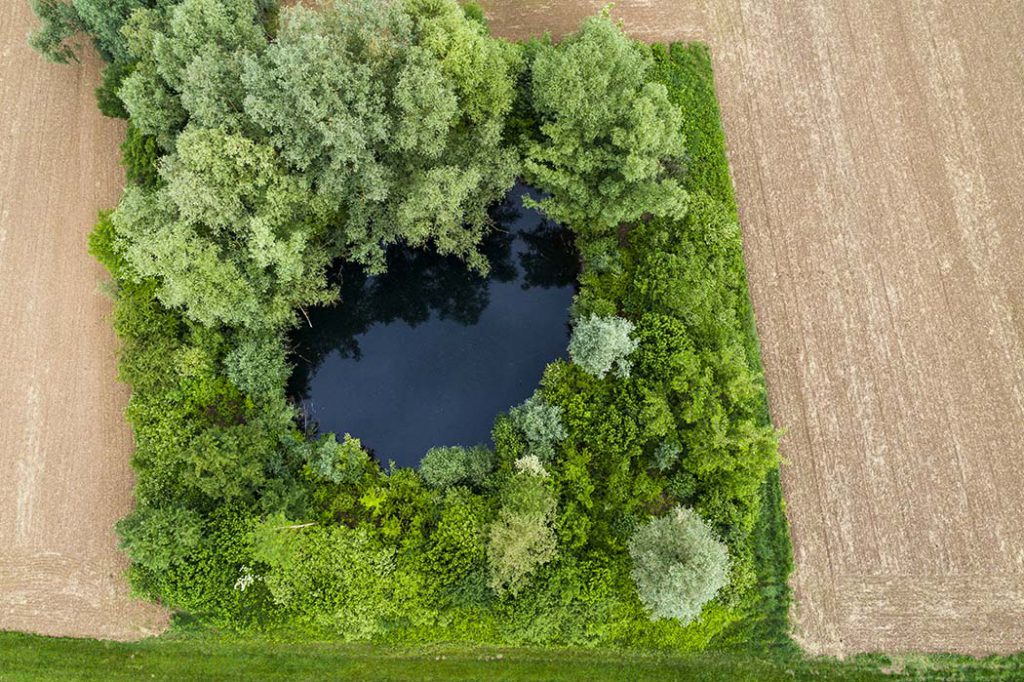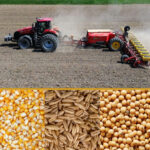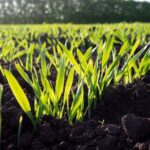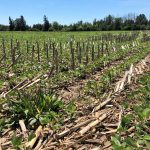Wetlands and grain farmers

Wetlands and grain farmers can work together for the mutual benefits of both the farm, and the natural habitat. This is one way Ontario grain farmers are working hard to protect our environment.
That being said, one concept from those not familiar with grain farms is that farmers take any available land they can find and turn it into farmland. Without considering the long-term effects, or the history of that land, this concept can be very harmful. It can destroy natural habitats and sensitive ecosystems, and limit the biodiversity on a farm. It also isn’t a common sustainable practice that farmers would utilize.
This idea is also not accurate. There is a limit to farmland, and #YourFarmers are working to utilize current farmland or unused soil to grow food more efficiently. That being said, there are times when leaving things in their natural habitat pays off.
A wetland is a good example of this.
Wetlands
A wetland is land that is marshy or a swamp. It is flooded with water and has a very distinct but vibrant ecosystem and biodiversity.
Here in Ontario, we have a variety of soil types (clay, loam, sandy) and conditions that allow us to crop an abundance of crops. We can grow grains such as barley, corn, oats, soybeans and wheat. We can also produce fruits, vegetables, and specialty crops (ginseng, hops, and lavender, for example). Farmland, however, needs to be dry to grow grains, and there are times where a field naturally stays wet and will never be dry enough to grow grains. This makes Ontario’s farmland unique and sometimes challenging.
Ontario also has a unique natural environment. We have more than 70 million hectares of forest, accounting for nearly two percent of the world’s forests. Ontario is home to more than 3,600 species of plants, 154 species of fish, 50 species of amphibians and reptiles, 483 species of birds, and more than 81 species of mammals. Ontario also has close to one-fifth of the world’s fresh water supply.
Why are they important?
Wetlands play an important role in maintaining natural habitats and sensitive ecosystems. Research also shows that wetlands can help with the challenge of drying out wet grain fields, providing a natural place for excess water to go. They can help recharge groundwater, help with surface water quality, and help mitigate flooding impacts. Farmers are starting to adapt and change the wet parts of their fields into wetlands to see mutual benefits.
#YourFarmers care about the environment- it’s their job to care about what they utilize every day to grow quality grains. Part of caring about the environment includes working with the soil to grow quality grains. Even if that means leaving some of that soil to become another useful and beneficial ecosystem. Wetlands and grain farmers can work together for a more sustainable future.



